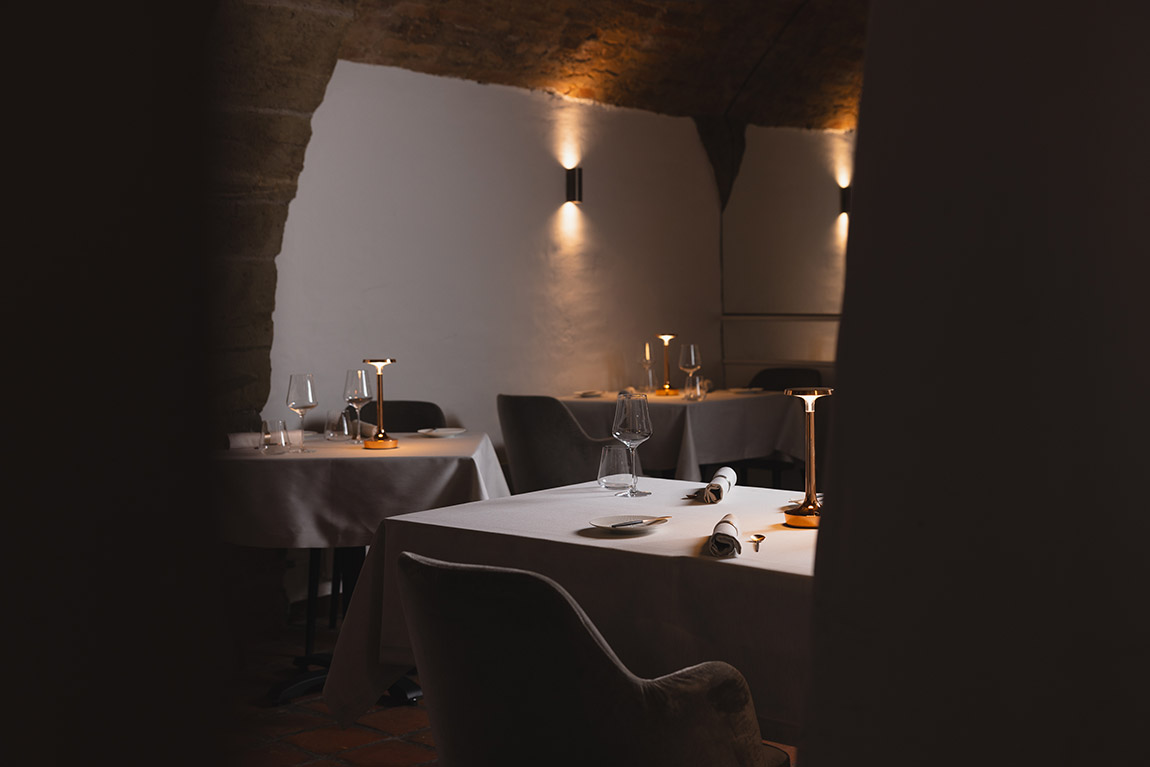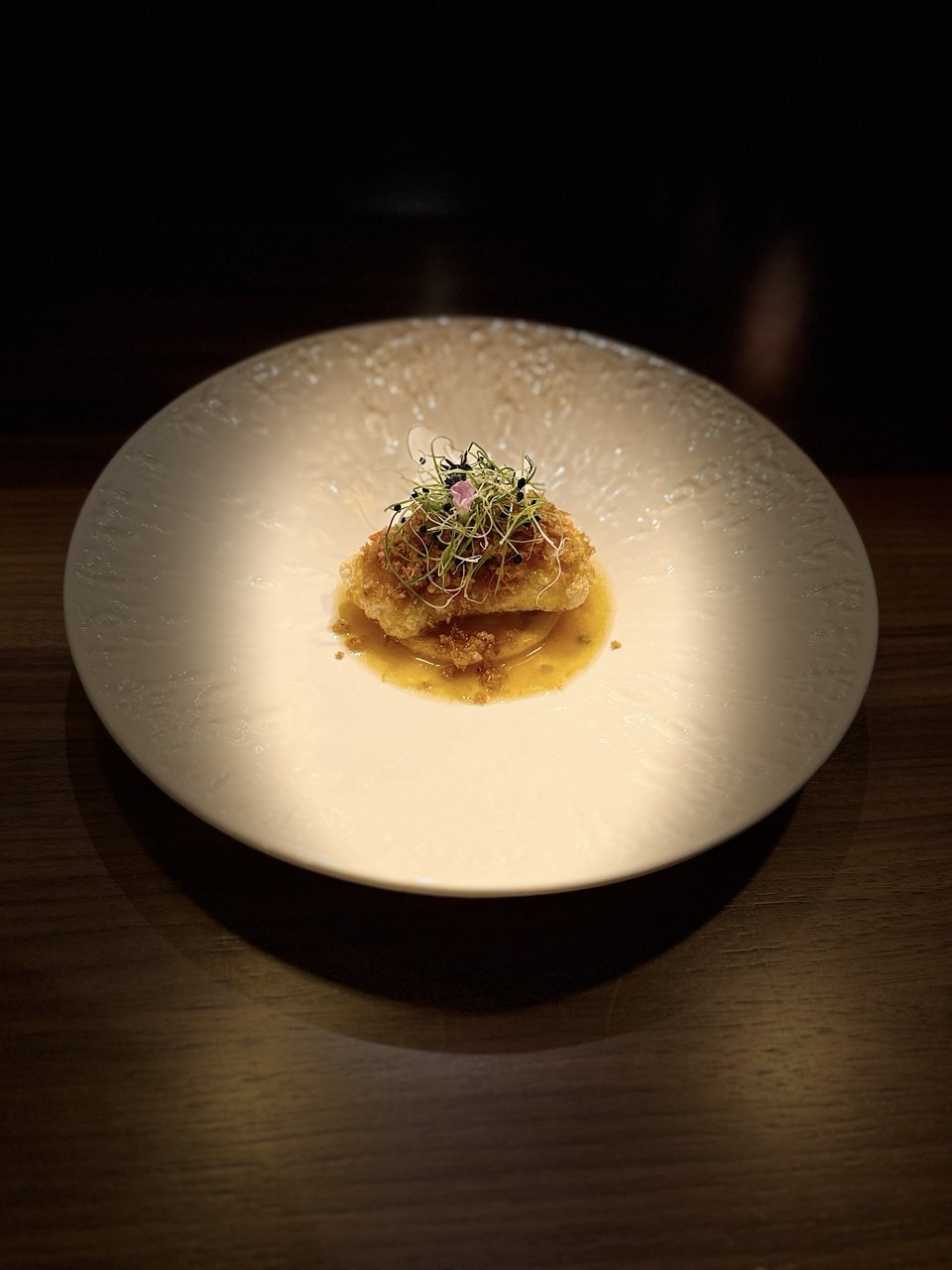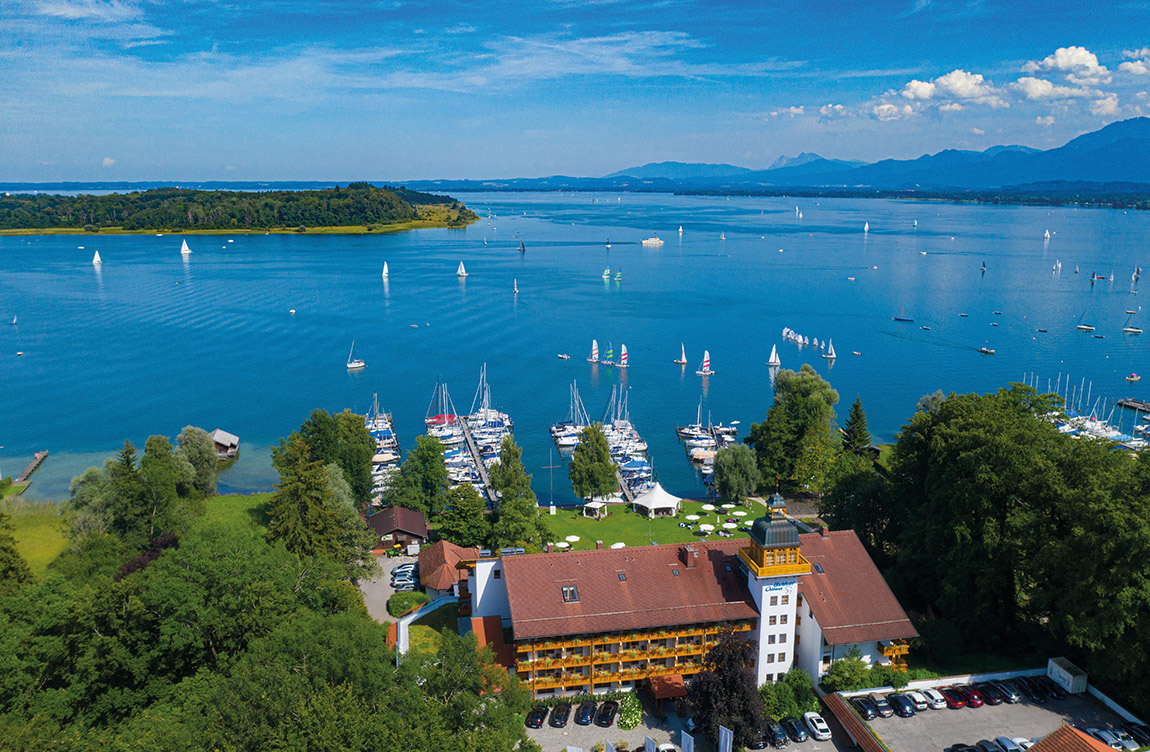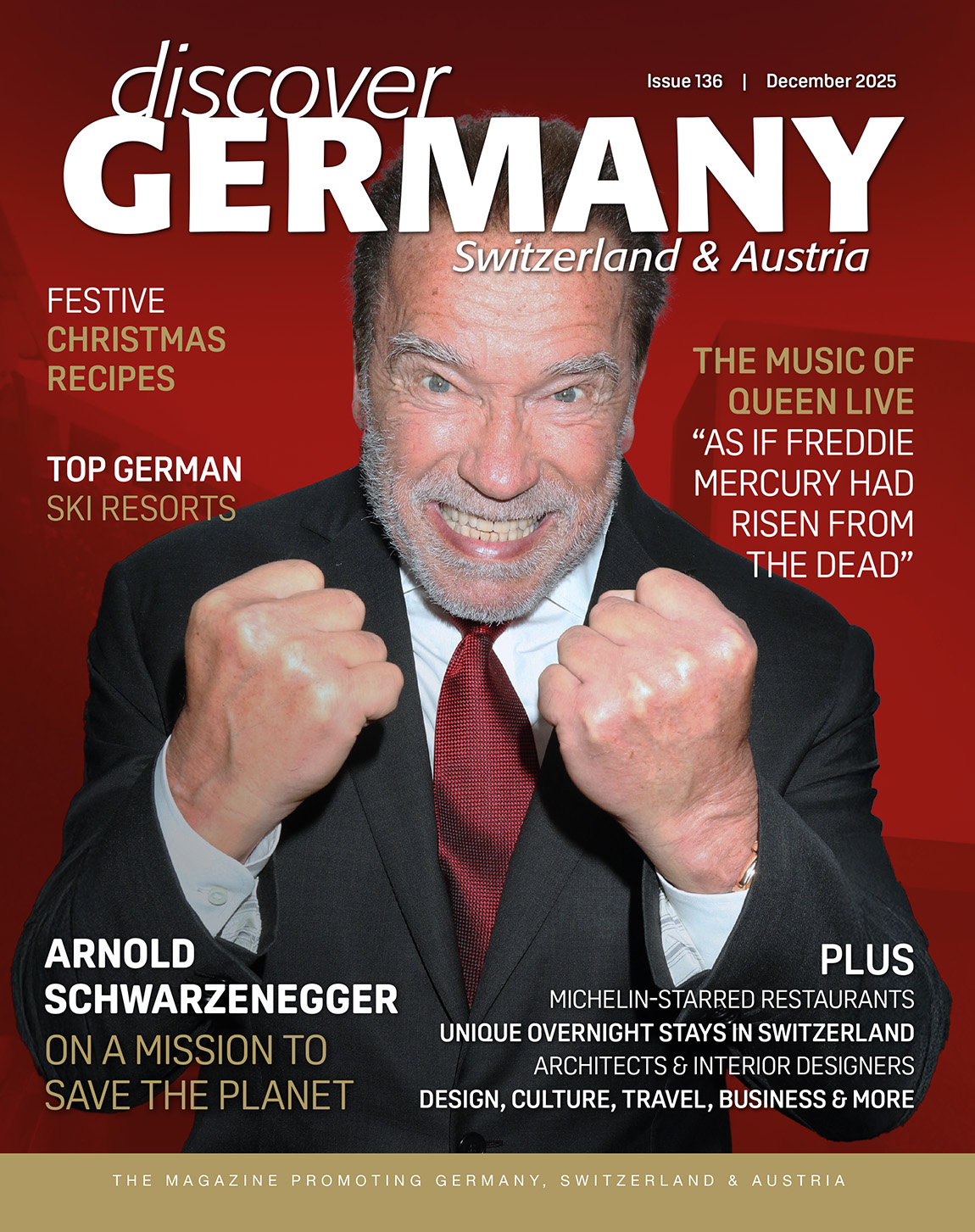9 November 1989: A date to remember
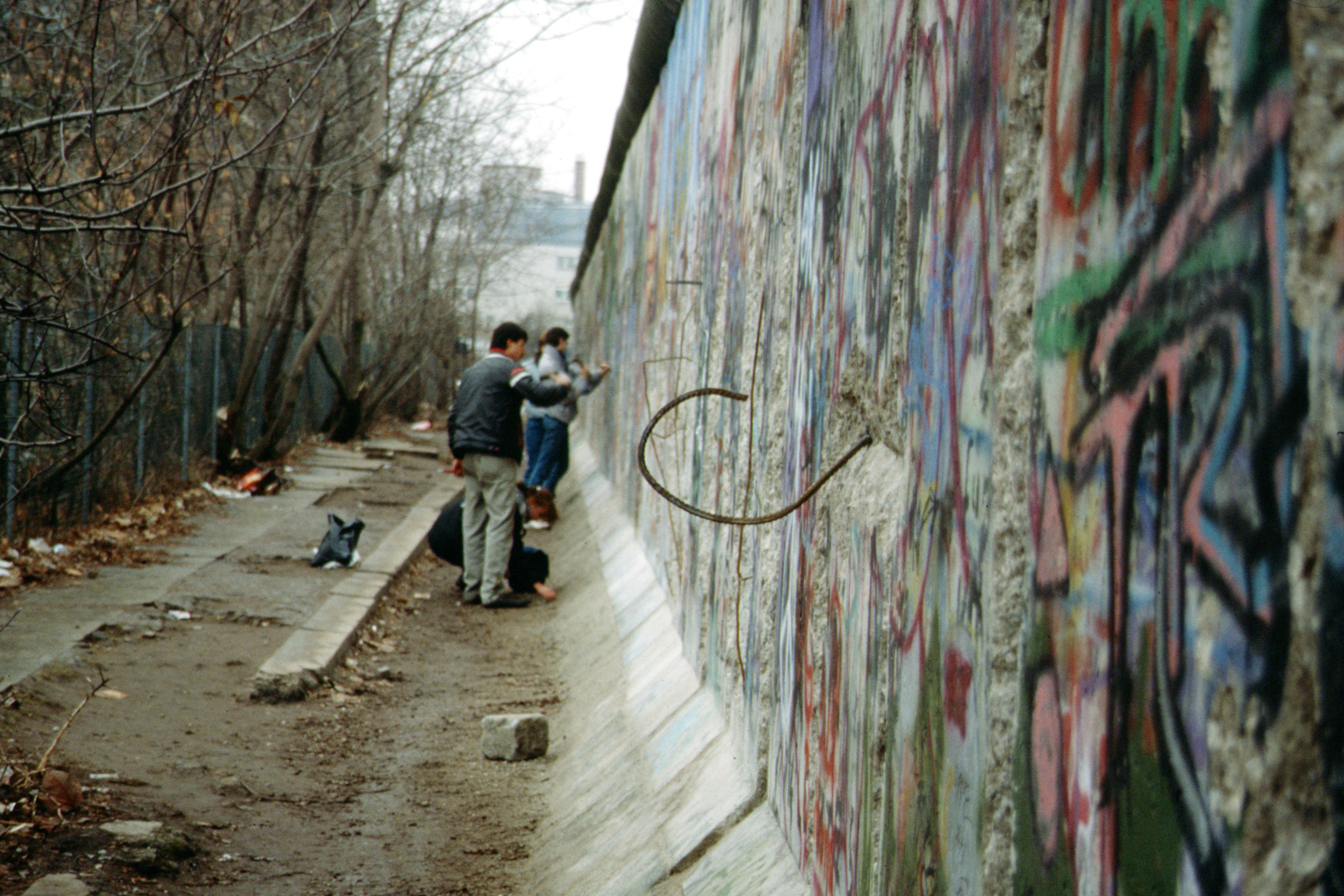
It was a long time coming. 27 years ago, over the course of the 9 November and the following nights and days, the Berlin Wall, which separated the East of the city from the West came down. It was a world-changing event, not only influencing the city itself, but the whole country and the whole of Europe. The images went around the world and for the anniversary we are reproducing the events of these historic days.
A vague foreshadowing of the fall of the Berlin Wall and the consequent reunification of Germany was already in the air in the weeks ahead of November 1989. Already two months’ earlier, rallies in the German Democratic Republic (GDR) demanded more freedom to travel. Coinciding with this atmosphere of uproar was the so-called ‘Republikflucht’, a term that described the flight of many people from the GDR to the West by way of the newly opened borders to Austria.
Furthermore, Walter Momper, the mayor of West Berlin at the time, knew about the upcoming change from conversations with his East Berlin counterpart Erhard Krack as early as 29 October. Therefore, he tried to pave the way for an opening of the wall in December. At the same time, after intense, long discussions and public protests, the central committee of the Socialist Unity Party of Germany decided to find a regulation for people’s constant departure from the GDR on the 7 November.

9 November: Morning
The day begins around nine. In the interior ministry of the GDR, respective officers and members of the Ministry of State Security come together to develop the new regulation. It is decided that the GDR should not be dissolved, but that citizens should be able to get a permit to leave the state. However, if they would get a permit to leave, this would mean that they could never return to the GDR. During the morning the new regulation was presented to the central committee, which at the time is in session to determine the root causes of the crisis in the Socialist party and the state.
9 November: Noon
Over the course of the day, the draft for the regulation is refined further and further. At around four in the afternoon, the general secretary of the Socialist party, Egon Krenz, holds the final draft in his hands. Simultaneous to these developments Helmut Kohl, chancellor of West Germany, arrived for a visit in Poland. After reading the draft to the central committee, Krenz hands the related press release to speaker Günter Schabowski.

9 November: Evening
An international press conference with Schabowski starts at 6pm and at exactly 6:53pm, he is asked about when the new regulation will come into effect. In hindsight, his answer to the question is the moment that would define the following nights and days. This is what Schabowski said: “To my knowledge… this is immediately, without delay”
His words are translated into breaking news and distributed as fast as possible. Associated Press promptly titles: “GDR opens borders”. The German Press Agency states at 7:41pm: “The GDR border is open”. And at 8:15pm the longstanding news programme Tagesschau runs the story all over West Germany.
The news spread like a wildfire. While the presenter of the Tagesschau was still speaking, 80 people from East Berlin had gathered at multiple checkpoints around the city. Although the guards are instructed to send the people away, nobody leaves and by 9:30pm over 500 citizens have arrived at the Bornholmer Street checkpoint.
But not only the citizens of Berlin deal with the news. Chancellor Kohl hears them in Poland. US President Bush talks about them in a special press conference. The governments in London and Paris receive them. Everybody is surprised, but delighted.

The wall falls
In the following hours everything happens at once. At 11pm, several thousand people press on to the checkpoints. People are crammed into each other and the situation is quite dangerous. Finally, the guards run completely out of options and resort to their last solution. Opening the border.
The people are ecstatic. They stream through the checkpoints, basically overrunning them and are greeted by happy West Berliners on the other side. Throughout the night this happens all over the city. People are dancing on the wall, chiselling away at it with hammers. A huge party takes place at the West Berlin Kurfürstendamm.
After this night it took quite a while until everything was in order and freedom was realised for everybody. Almost a year would pass until the Federal Republic of Germany would officially be found. Nevertheless, it was the evening and night of the 9 November, on which many people first filled their lungs with the delicious air of freedom. It was life and world changing. It was one hell of a night.
TEXT: THOMAS SCHROERS
Subscribe to Our Newsletter
Receive our monthly newsletter by email

